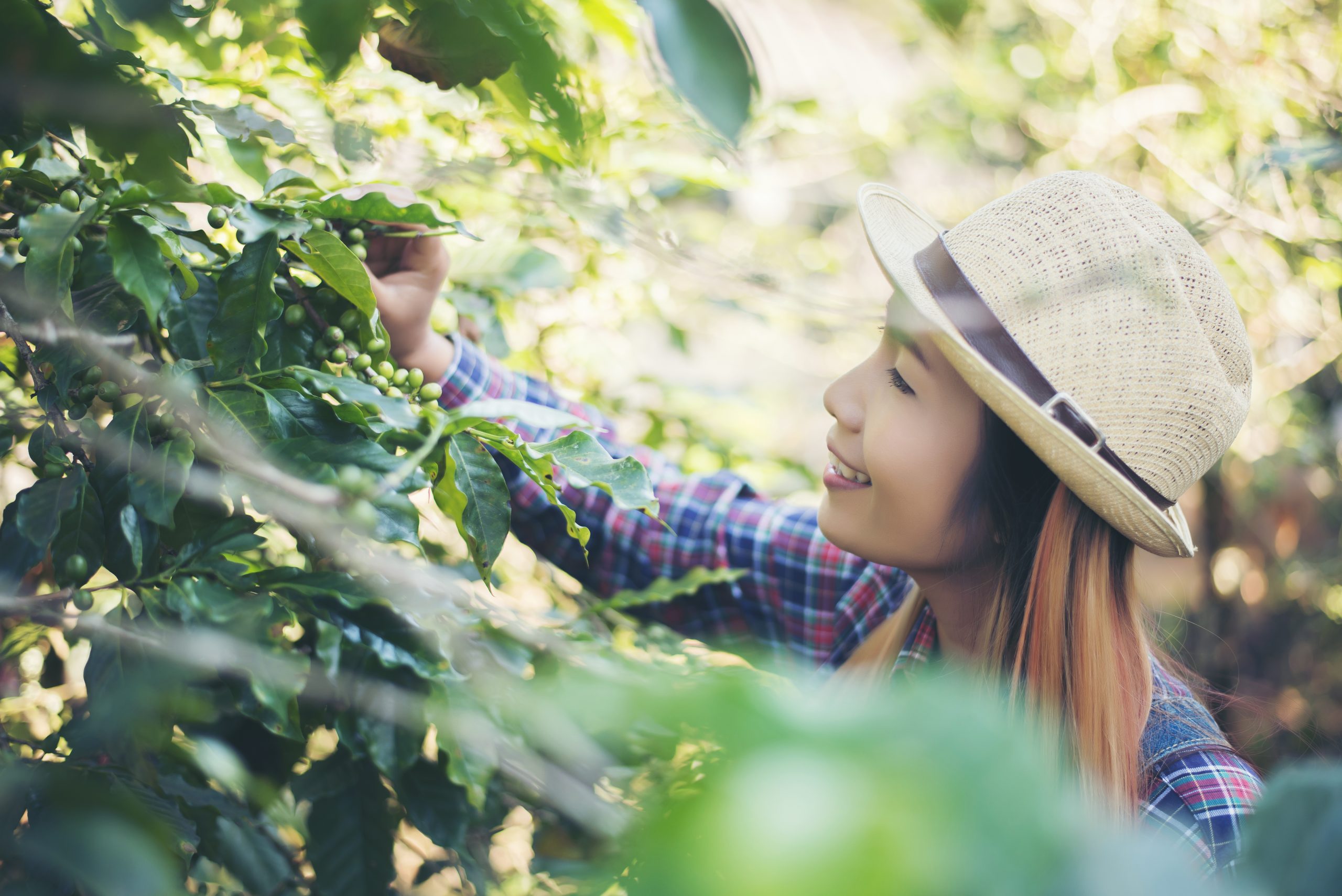If you’re looking to begin a berry farm, there are many factors to consider. One of the most important is choosing the right site. Choosing a good place is essential, as it will have a direct effect on your yields. The location should be sunny and sheltered, and not exposed to harsh winds or weeds.
Blueberries are very nutritious, packed with minerals and antioxidants. They’re also considered a superfood, because they contain large amounts of flavanoids, which help your body fight off diseases. Fortunately, they’re easy to grow. You can plant them as early as spring in warm climates and as late as fall in colder regions.
When choosing a berry variety, make sure that you choose one that will thrive in your region. For example, if you live in a humid climate, you’ll want to opt for a highbush variety, such as ‘Blueray’ or ‘Jersey’. These varieties are known for their heavy crop production. Other varieties include ‘Springhigh’, ‘Emerald’, and ‘Windsor’.
Lingonberries are another great option for those living in cooler climates. Their popularity is growing as demand rises. Although lingonberries don’t have the pest problems that other berries do, they do suffer from armyworms and moose damage. Since these animals are attracted to the plant, it’s important to clean the berries up after they’re harvested.
Lingonberries grow best in neutral to slightly acidic soil. However, they can tolerate pH levels as low as 4.5. In addition, they require air circulation around the plants. As they mature, they develop small seeds inside them.
Blueberry plants can be purchased bare-root, or they can be planted in containers. Make sure that you find a nursery that sells high-quality products. Some brands have a special blend of ingredients designed specifically for acid-loving plants. This type of mix includes bat guano, kelp meal, and recycled forest products.
Before planting, you’ll need to choose a berry farm site that has plenty of sunlight. Ideally, your plant will enjoy six hours of direct sun a day. Otherwise, the plant will produce fewer berries. It’s also important to keep in mind that you won’t be able to harvest all of the fruit. If you plan on canning your berries, you’ll want to choose a larger variety with a higher sugar content.
After the first year, you’ll want to prune the blueberry bush. You’ll need to do this to promote healthy growth and to remove excess leaves. Additionally, you’ll need to prune back the plant for flowers in the second and third years. Aside from pruning, you can also top-dress the bushes with a granulated fertilizer.
Blueberry plants need to be conditioned slowly, so you shouldn’t expect them to ripen their fruit in just a few weeks. This means that you should wait at least two or three years after planting to start producing berries.
The amount of fertilizer that you should use will depend on the size and age of your blueberry plants. Ideally, younger plants should be fertilized more often. But, you should avoid using too much. Too much nitrogen will cause the plant to grow quickly, and too little will result in large, dark green leaves.


